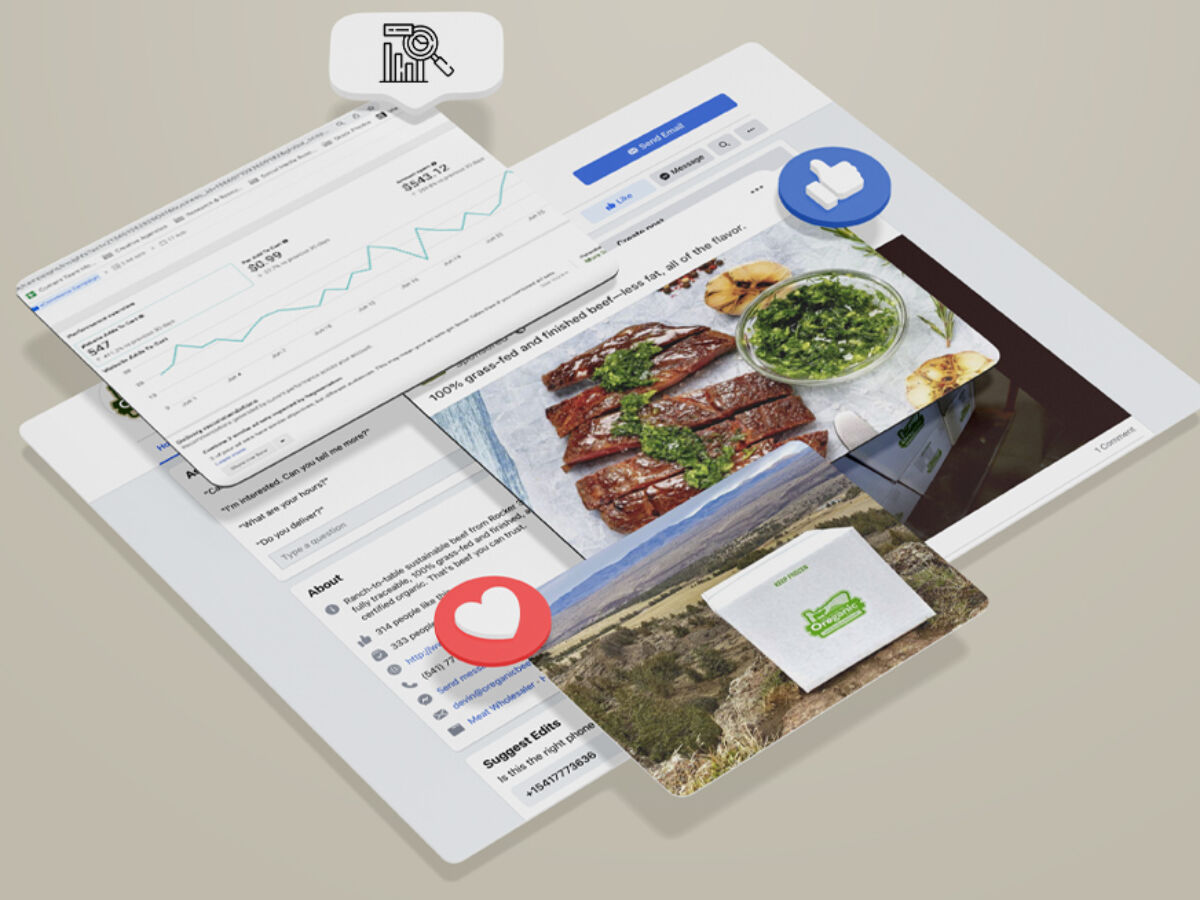Bad Data Is Ruining Your Ad Campaigns—Here's How to Fix It

The days of spray-and-pray advertising are dead. They have been for a long time.
These days, audience targeting is a critical part of any marketing campaign. Most marketers use Big Data—the decade's sexiest buzzword—to target prospects.
The bad news is that Big Data is worthless unless it's of the highest quality.
Unfortunately, most ad campaigns are fueled by irrelevant, untrustworthy data. Bad-quality data costs companies on average nearly $13 million per year, according to a Gartner survey.
If you don't have high-quality data, you're in a lose-lose situation: You lose out on potential customers because of mistargeted ads, and you put yourself at risk financially, legally, and reputationally.
To address that issue, before launching campaigns you should ensure the accuracy and quality of any data that you are using.
Easier said than done, right? But there are ways to verify data sets and ensure that the data you amass in the future is trustworthy and accurate.
Conduct a data audit of your current assets
You might not be sure of the quality of your data right now, but it's possible to introduce processes that will help you find out exactly what you're dealing with. Possible, and necessary: data verification and hygiene should be a routine practice.
To start, conduct a thorough audit of all internally and externally sourced data sets. That includes data that you are directly collecting as well as data that you license from other partners.
Nobody likes the word "audit," but it's a necessary part of your data verification process. Simply put, you need to confirm that your data is legally OK.
Use internal teams or work with a partner that specializes in data process and policy verification to confirm that...
- The data has been collected with the appropriate consent.
- It abides by privacy regulation requirements.
- The sources and methods of data collection are transparent.
- The process for producing the resulting data follows industry best-practices.
Some of your data might not be up to snuff, but it's better to find that out now than during a lawsuit later.
When you have a better understanding of the processes and policies used to produce your data assets, you can conduct a risk assessment of your data sets. That will then help you decide which data sets to continue using and which to stop using because of potential compliance issues or quality risks.
Look for problems
After your audit, it's time to review and assess the data itself. When reviewing and cleaning your data, there are a few key problems to look for.
1. Identify and eliminate duplicates
Duplicate data can come from a variety of places: Data migration, manual data entry, third-party connectors, data exchanges, and batch imports can all cause duplicate entries.
Having multiple records for the same data point means you're paying extra for the storage, and you risk misinterpreting your results. You're also sending redundant messages to your prospects.
2. Check for out-of-date data
Data is not like wine or cheese. It doesn't age well at all. In fact, the older the data, the less useful it is.
For instance, you may be targeting a prospect who clicked on your ad a year ago, but who no longer works at the company you have in your records. Or you may be relying on intent data from a partner that was based on shopping behaviors the person exhibited six months ago while your products have a much shorter purchase cycle.
